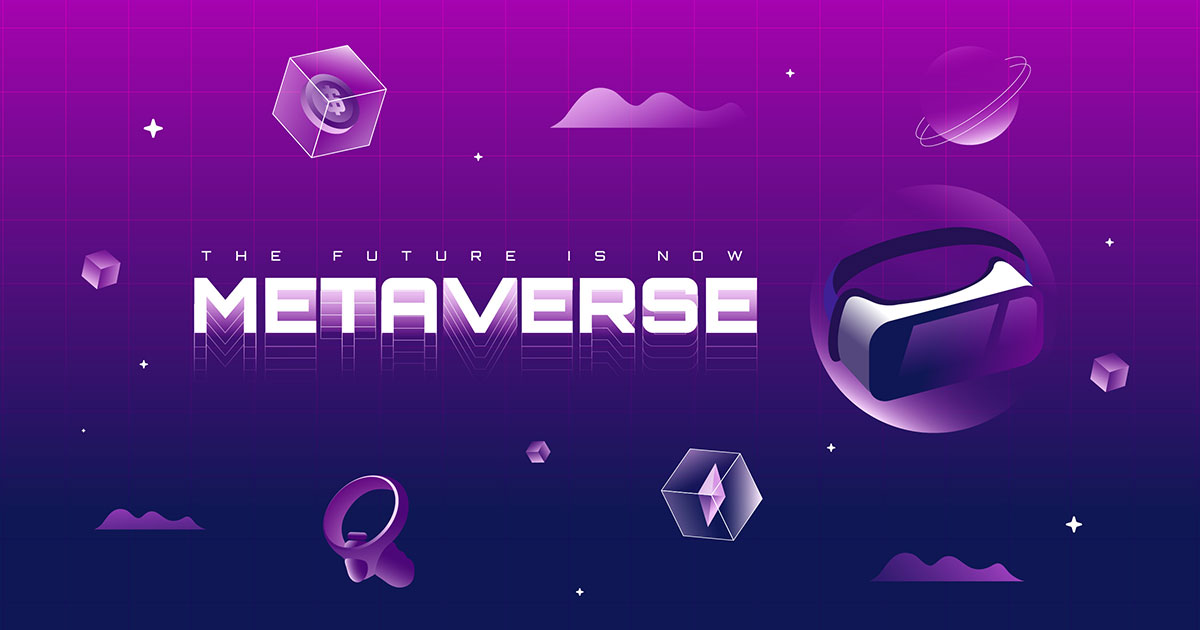

What Is the Metaverse?
The term "metaverse" has frequently appeared in tech news in recent years, but it’s not an entirely new concept. It refers to a digital space built through the integration of technologies such as virtual reality (VR), augmented reality (AR), artificial intelligence (AI), and blockchain. In this space, people can socialize, work, learn, entertain, and even create economic value through virtual identities. Simply put, the metaverse is a parallel, interactive, and expandable "virtual world" that coexists with the real one.
Current Development Status
At present, many tech companies are actively investing in the metaverse. Giants like Meta (formerly Facebook), Google, and Apple have released related devices and platforms. Various 3D virtual worlds, online games, and virtual social platforms like Roblox, ZEPETO, and Decentraland are attracting growing user bases. Blockchain technology enables the circulation of NFTs and digital assets within the metaverse, laying the foundation for a virtual economy.
Expanding Application Scenarios
The metaverse is no longer limited to gaming and entertainment. It’s gradually expanding into online education, virtual offices, telemedicine, virtual concerts, and tourism. For example, some universities are experimenting with teaching in virtual campuses, and some companies hold meetings in virtual offices. Big-name brands have even launched digital storefronts in the metaverse to showcase and sell virtual products.
Challenges Ahead
Despite its promising prospects, the metaverse faces several challenges. Technologically, current VR/AR devices are still expensive and offer limited user experience, hindering mass adoption. In terms of content, high-quality and engaging interactive experiences are still relatively scarce. Additionally, there is a lack of clear legal and regulatory frameworks around privacy, digital ownership, and identity verification in virtual environments.
Where the Metaverse Is Headed
As technology continues to advance, the future development of the metaverse may follow several key directions:
Interoperability between platforms, allowing users to move identities and assets across ecosystems.
Deeper integration with the real world, supporting urban management, manufacturing simulations, healthcare, and more.
Establishment of full-fledged digital identities, enabling users to work, earn, and live in a "second life" within the metaverse.
Conclusion: A Future Built on Technology and Imagination
The creation of the metaverse is a long-term journey, not a short-term goal. Like the rise of the mobile internet, it holds the potential to lead the next wave of technological and societal change. We must balance our excitement for the future with a realistic understanding of its current limitations and risks. In the continuous evolution of technology, the metaverse may truly become part of our everyday lives.